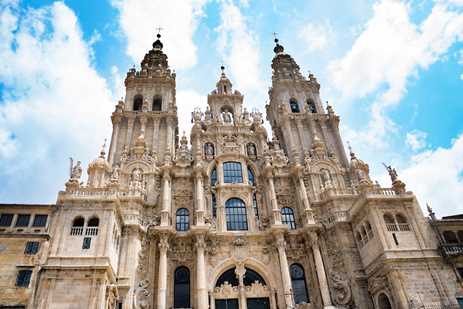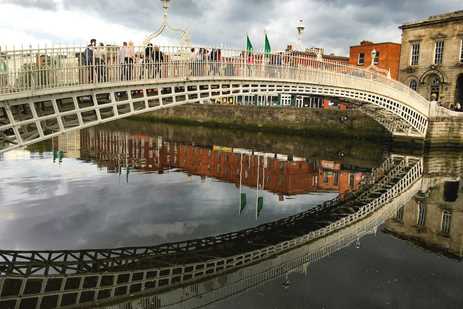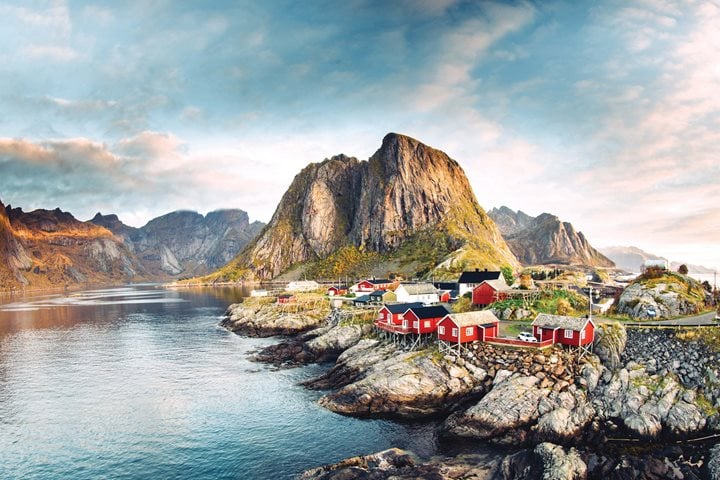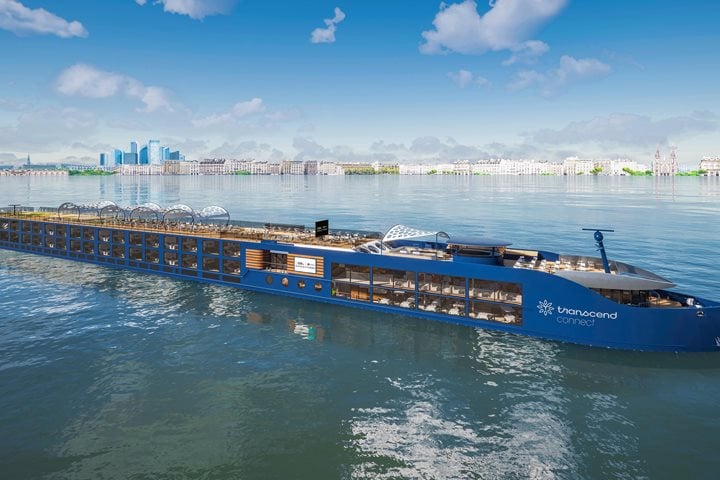In spring 2022, the brand-new National Geographic Resolution will set out on three inspiring new itineraries along Europe's coastline. National Geographic photographer Alison Wright will be aboard these back-to-back voyages as the ship winds its way from Portugal to Spain and France and then up to England, Ireland, and Scotland. "I'm excited to return to these areas that I know so well, because they're all so different," she says. "Combining these itineraries offers a real sense of the diversity of each of these unique coastal cultures and landscapes from the south to the north. I find that each week-long itinerary seems to go so fast, it’s nice to add the additional routes.” Here, she shares some of her photos and the highlights she's looking forward to the most.
Get Inspired by Photos, Videos, Webinars, Stories, and Exclusive Offers.
Sign Up
Aug 2025
40 Min Read











